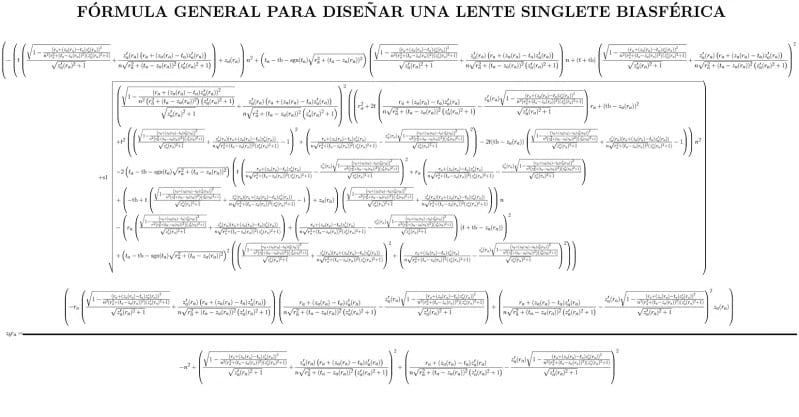Even Isaac Newton couldn’t crack this case — but Rafael G. González-Acuña did.
A physicist in Mexico just solved a problem that has plagued scientists for over 2,000 years.
For centuries, lenses have faced a problem: the corners and edges are always a little soft and out of focus. It’s called “spherical aberration,” and it’s caused by differences in light refraction across the lens, along with imperfections in its shape and materials.
Photo Credit: iStock
Spherical aberration was presumed to be an unsolvable issue. Lens designers have developed workarounds to counteract and correct the effect, resulting in a uniformly clear image. However, these adaptive techniques can get incredibly pricey — which is part of why high-quality photography gear costs so much money.
Enter Rafael.
Rafael is a doctoral student at Mexico’s Tecnológico de Monterrey. After months of work, he came up with an equation to design a lens that eliminates spherical aberration completely. This equation works for a lens of any size, material or purpose.
Photo Credit: Tecnológico de Monterrey
This development is not only exciting on a scientific level, but it will also provide practical benefits to many different types of people. Cameras of all kinds, including smartphone cameras, will be easier and cheaper to design. Photographers will no longer have to deal with focus issues with their high-end equipment. Sharper lenses will also be able to be used for other optical devices, like telescopes and microscopes.
All in all, Rafael’s breakthrough is evidence that no problem is too old to solve.
The post A Mexican Physicist Solved a 2,000-Year-Old Lens Problem with One Wild Equation appeared first on UberFacts.

